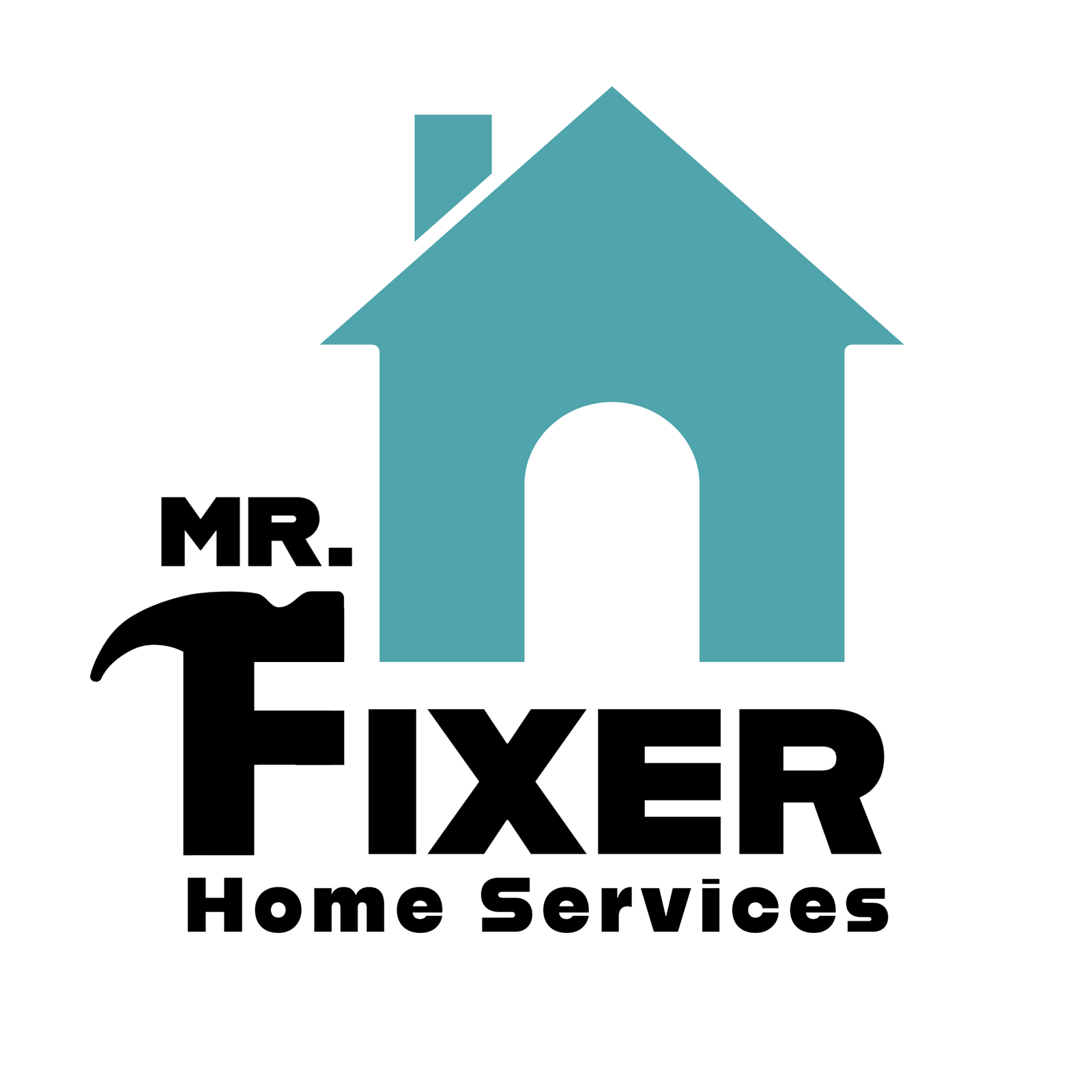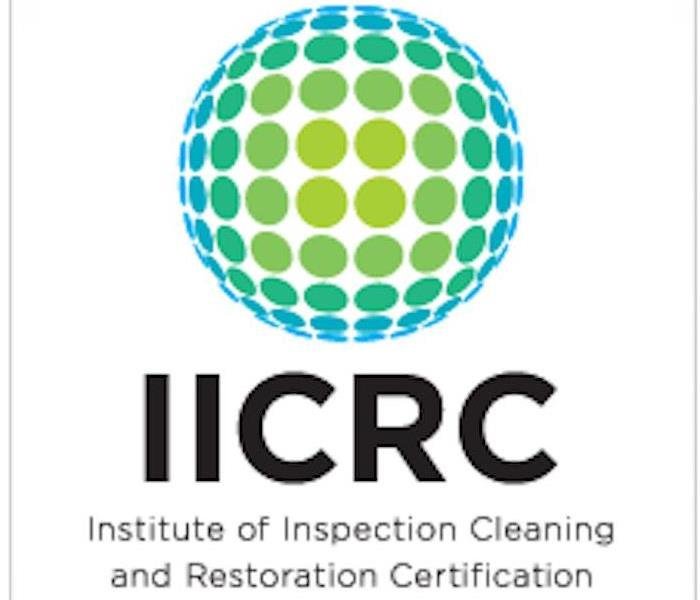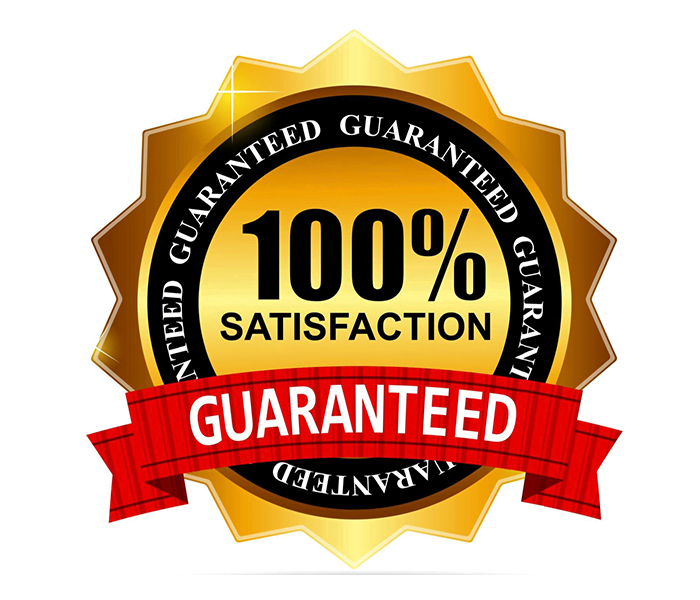The Water Damage Restoration Steps: Complete Guide
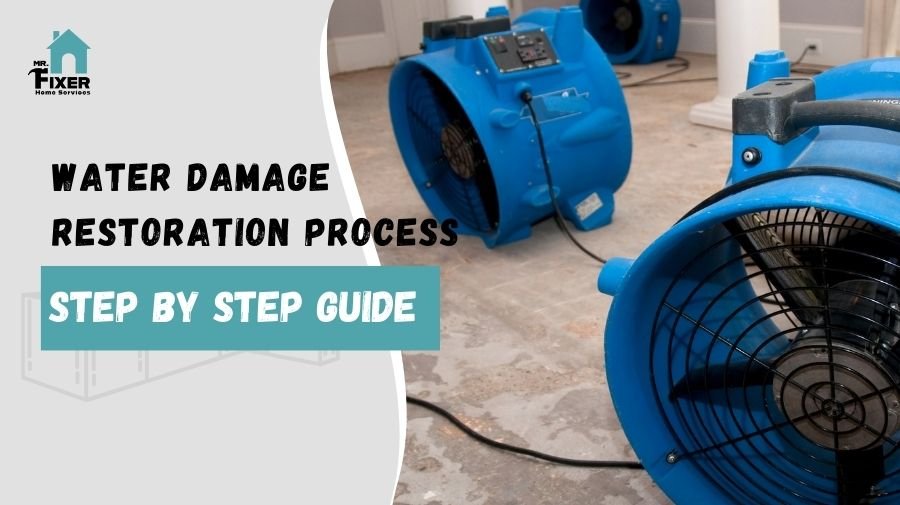
Any business owner, property manager, or facility team member’s biggest concern is always water damage caused by a natural flood, burst pipe, overflowed appliance, or any other situation. Water mitigation requires exact science to guarantee everything is restored and safe. If your building has water damage, see what your options are. Continue reading this step-by-step […]
Water Mitigation Vs Water Restoration: What’s The Difference?
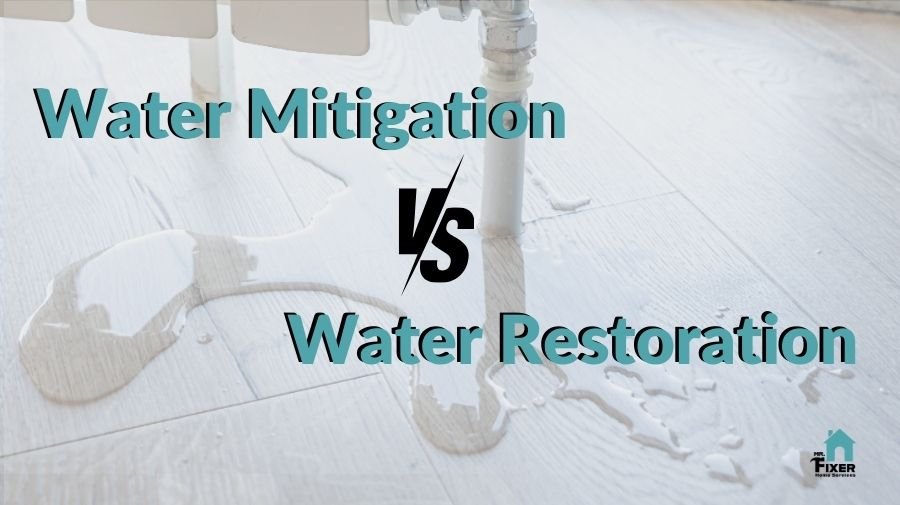
Without warning, water damage can strike your home or business unexpectedly, causing extensive damage, from structural weakening to potential health risks. Below, discover the differences between water mitigation vs restoration, and the water damage restoration process for a quick and timely recovery. Water Mitigation Water mitigation focuses on preventing further damage after a water damage […]
